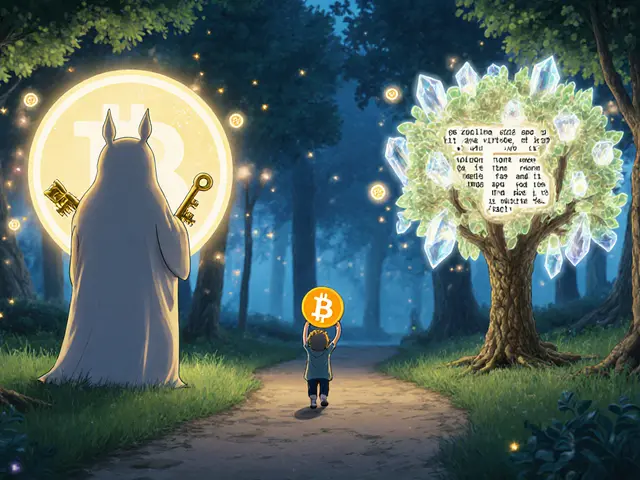AceStarter Airdrop: What Happened and Why It Matters for Crypto Airdrop Hunters
When you hear AceStarter airdrop, a token distribution event on the Binance Smart Chain that promised free crypto to early participants. Also known as AOG airdrop, it was one of many projects trying to build buzz by giving away tokens before launch. But unlike some airdrops that turned into real projects, AceStarter’s story is a cautionary tale about hype versus reality.
Back in 2021, AceStarter handed out 50 BUSD to 250 winners—enough to buy a decent meal or cover a week of gas fees. It sounded like a win. But the AOG token, the native token tied to the AceStarter platform, crashed over 99.8% from its peak. The game behind it? Now inactive. The team? Gone silent. And the community? Disbanded. This isn’t rare. Most crypto airdrop, free token distributions meant to bootstrap user adoption never deliver lasting value. They’re marketing tools, not investments.
What separates a real airdrop from a ghost one? Look at the follow-through. Did the team build something people actually use? Did the token get listed on real exchanges? Was there a working product, or just a website and a whitepaper? AceStarter had none of that. Compare it to projects like Helium HNT, a token that rewards users for setting up real-world wireless hotspots—those airdrops turned into usable infrastructure. AceStarter? It was a flash in the pan.
Today, if you’re hunting for airdrops, don’t chase the ones with flashy Twitter ads. Look for ones tied to active networks, real teams, and clear utility. The airdrop winners, people who received tokens before launch of AceStarter didn’t get rich—they got a lesson. And that’s the real value here: knowing what to avoid. Below, you’ll find real stories of airdrops that worked, ones that vanished, and the red flags you should never ignore.
20
AceStarter x CoinMarketCap AvaAce Legendary NFT Airdrop: How to Qualify and What You Need to Know
The AceStarter x CoinMarketCap AvaAce Legendary NFT airdrop gave out only 223 rare NFTs to users who completed simple tasks. Learn how it worked, why it mattered, and how to prepare for the next one.
Latest Posts
Popular Posts
-
 Are Crypto Payments Allowed in Russia? What You Need to Know in 2025
Are Crypto Payments Allowed in Russia? What You Need to Know in 2025
-
 What Are Public and Private Keys in Cryptocurrency? A Simple Guide to Digital Ownership
What Are Public and Private Keys in Cryptocurrency? A Simple Guide to Digital Ownership
-
 Crypto Mining-Friendly Countries Ranking 2025: Top Destinations for Legitimate Operations
Crypto Mining-Friendly Countries Ranking 2025: Top Destinations for Legitimate Operations
-
 Trusted vs Trustless Bridge Designs: Which One Keeps Your Crypto Safe?
Trusted vs Trustless Bridge Designs: Which One Keeps Your Crypto Safe?
-
 Cost of Sybil Attack vs Network Value: Why Blockchain Security Depends on Economics, Not Just Code
Cost of Sybil Attack vs Network Value: Why Blockchain Security Depends on Economics, Not Just Code
Tags
- crypto exchange
- cryptocurrency
- blockchain
- crypto exchange review
- meme cryptocurrency
- cryptocurrency compliance
- Binance Smart Chain
- crypto airdrop 2025
- CoinMarketCap airdrop
- underground crypto Nepal
- crypto airdrop guide
- crypto staking
- Bitcoin mining Iran
- airdrop
- Ethereum staking
- GENIUS Act
- liquid staking
- cryptocurrency exchange security
- crypto
- crypto airdrop



